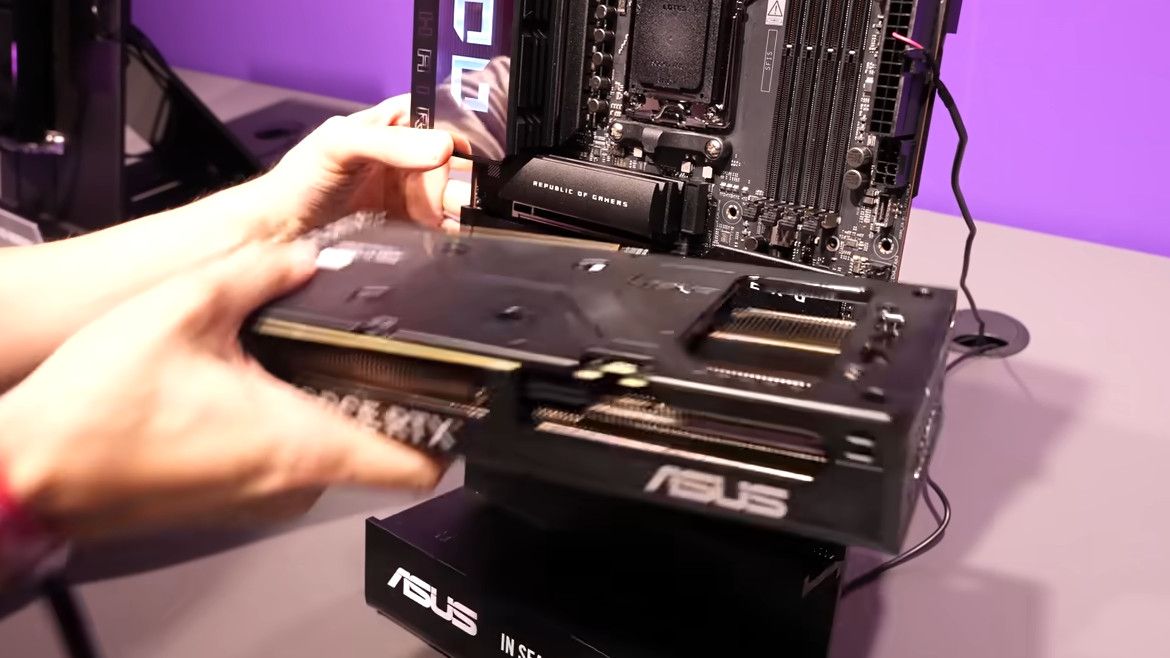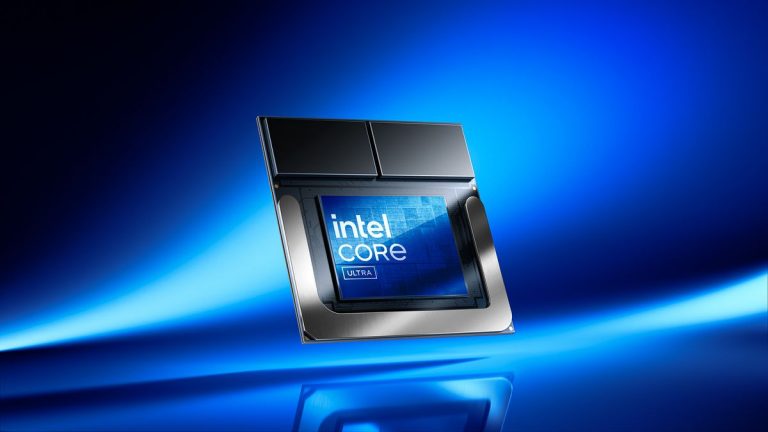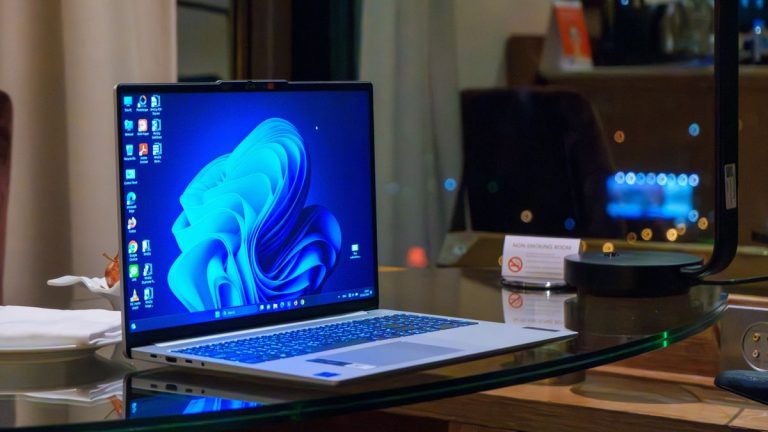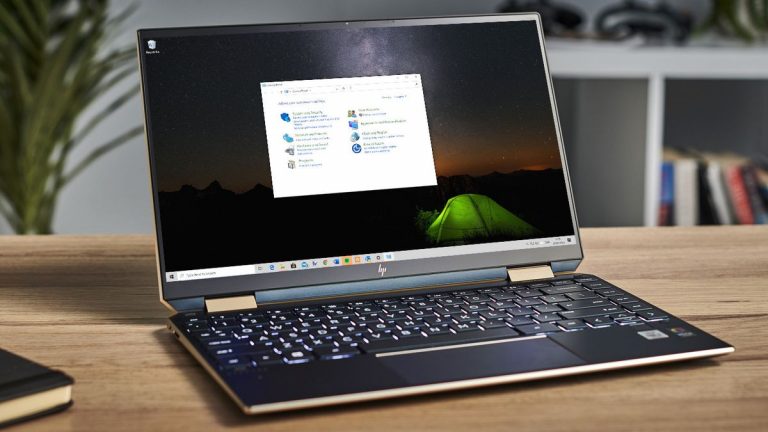Hate those five-minute battles to remove your graphics card? Painful GPU extraction woes could be a thing of the past with new motherboards

Motherboard makers are seemingly upping the pace with the transition to new designs for PCIe graphics card slots, whereby the traditional latch is being phased out in favor of either a button, or an entirely seamless mechanism in the case of Asus.
VideoCardz reports on the proliferation of new motherboards for both AMD’s and Intel’s new 800 series products that do away with the GPU latch, including boards from Asus and MSI just shown off at Gamescom, and likely more to come from ASRock, Biostar, and Gigabyte (who demonstrated similar concepts at Computex, not so long ago).
At this point, we need to rewind a little for some background context. To start with, for those wondering what the ‘latch’ refers to, it’s the clip at the back of the PCIe slot that ensures your graphics card is held tightly in the interface. You have to pull that latch back to extract the card when it comes to, say, an upgrade (or you have to take out the board for cleaning purposes, maybe).
The trouble is that while this can be a relatively straightforward process, sometimes the latch can be a little fiddly, especially so if you have a PC where the inside of the case is crammed with hardware and there’s precious little space to maneuver.
If you’ve got a giant high-end graphics card, and maybe a hefty CPU cooler too, you might not even be able to get to the latch with your fingers when it comes to taking out the GPU. That’s when PC owners often resort to something like a chopstick to navigate through a small gap to press the latch, a fiddly effort indeed.
Some less wise folks may even use a screwdriver, and end up breaking the latch, or accidentally jabbing their motherboard in a clumsy effort to press it down, perhaps damaging components in the process.
Therefore in recent times, we’ve seen a button release mechanism come into play, such as the one MSI has been showing off with its Intel Z890 MPG Edge motherboard. All you do is press and hold the button – located to the side of the motherboard, in an easily accessible place – to move the latch into the open position. These sorts of designs have been around for some time now, but are becoming more common, as mentioned.
Asus has gone a step further with a new AMD X870 motherboard, as demonstrated by expert overclocker Der8auer at Gamescom, which has a system called PCIe Q-Release Slim (see the YouTube clip below).
This is an entirely seamless quick-release mechanism whereby during installation, you simply push the graphics card in, and to remove the card, you just pull from the front of the board, and out it comes – like magic. (As Der8auer illustrates, if you pull anywhere else but the very front of the card, it stays firmly seated).
Analysis: Look ma, no latch!
In fact, Asus did already use the PCIe Q-Release Slim invention in a previous motherboard (the ROG Maximus Z790 Hero BTF), or at least something very similar, but that flew entirely under our radar – and it looks like the firm now has wider plans to push the quick-release mechanism with 800 series motherboards.
Other motherboard makers are increasingly using the aforementioned buttons for release, as well, so is the latch now officially dead? Well, it seems that it’s certainly on the way out, but there are some concerns being aired, at least regarding the seamless solution Asus has brought in.
Okay, so the latch isn’t great, but if it does break, it doesn’t render your PCIe slot useless (just more precarious). What some folks are worried about is Asus’s seamless Q-Release mechanism develops a fault, well, you’re going to end up with a graphics card that’s stuck fast in the PCIe slot, with no apparent method of extracting it. (At least not one that doesn’t have a very good chance of ending up with your motherboard in several pieces). And it is, of course, a more complex mechanism than just a latch, so perhaps more likely to fail.
Even so, the stuck GPU scenario really shouldn’t happen, and if Asus has designed the PCIe Q-Release Slim mechanism well – given that this is its second-gen effort, as noted – then it does look to be a pretty convenient way of dealing with the installation and removal of a graphics card.
Whatever the case, it seems we’ll definitely be seeing more button removal mechanisms in AMD and Intel 800 series motherboards, and maybe fancier concepts besides the one from Asus.
You might also like
Source: www.techradar.com






